It's France O'Clock Somewhere, Right?
Time for an apéritif! Here's what to serve for this ritualistic pre-dinner drink. And no, apéritif is not just another word for "cocktail." Vive la difference!
Thank you for subscribing to “On Food and France.” Twice a month, I take you on a quick journey into the heart of France and French culture.
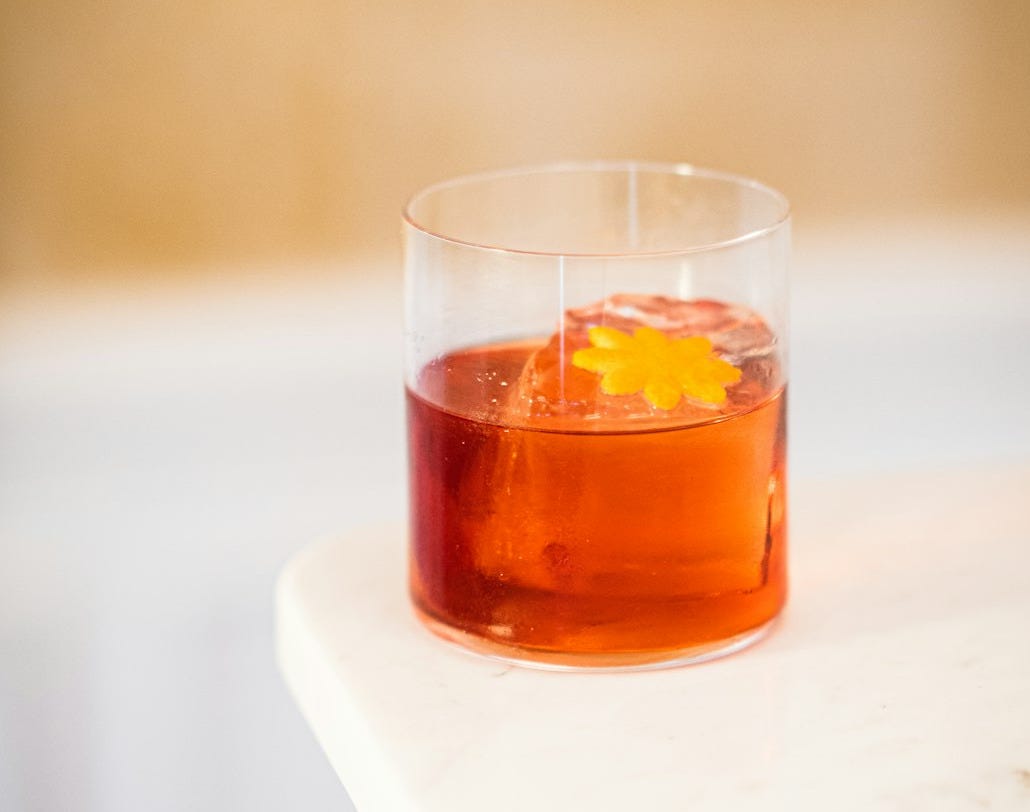
Any who’s read much of my work knows how passionate I am about the apéritif—that ritualistic pre-dinner drink that stimulates the appetite and enhances your mood, without making your head spin. More interesting than a glass of wine, but not as overwrought and fuzzying as a full-blown cocktail, the apéritif is just the best way in the world to shrug off the cares of the day and ready your spirit for the joys to come—whether it's a simple Tuesday night meal at home or a dinner with friends.
What, then, do I serve most often as an apéritif? Here are five classic French apéritifs—plus see below for why just any old (or new) cocktail doesn’t qualify as an apéritif.
The Kir Must Be Mentioned
The kir (rhymes with beer) is the unofficial national apéritif of France; though it’s from Dijon, it’s served all over the country. I should mention that I’ve heard that the kir is passé, so don’t serve it to any young French hipsters you might be having for dinner. But for the rest of us, it remains a delight.
How to Make a Kir: Simply mix about 1 tablespoon crème de cassis with about 4 ounces of a dry white wine. What wine should use you use to make a kir? Traditionally, the wine used is Aligoté, a white wine from Burgundy, but take my word for it: All over France, they’ll make it with just about any good, drinkable dry white wine they have. I personally like using an inexpensive white Bordeaux or Vouvray (a Chenin Blanc from the Loire Valley) but I’ll also use whatever good dry white I have on hand, as long as it’s not a big, heavy, overly oaky Chardonnay.
Here’s what you might not know: Crème de Cassis is not the only pony in the Kir rodeo. The French very often use other fruit- or even nut-flavored liqueurs, such as liqueur de Pêche (peach liqueur), liqueur de mûres (blackberry) liqueur de framboise (raspberry), and—one of my favorites—crème de Chaitagne (chestnut liqueur). Head to specialty liquor stores and ask around for these.
Is Sparkling Wine an Apéritif? Bien sûr!

Travel into the Champagne region of France, and the apéritif is very often simply an uplifting glass of Champagne—it’s a great apéritif that never fails to set a fine tone for the night.
Of course, many cockatils are made with Champagne — including the French 75 (with gin) and the classic Champagne Cocktail (with Cognac). But in my view, once they include a hefty pour of a spirit, they’re no longer an apéritif, but a cocktail—and that’s a different kind of pleasure (more on cocktails versus apéritifs, below).
What? Fortified Wines? As an Apéritif? Oui!
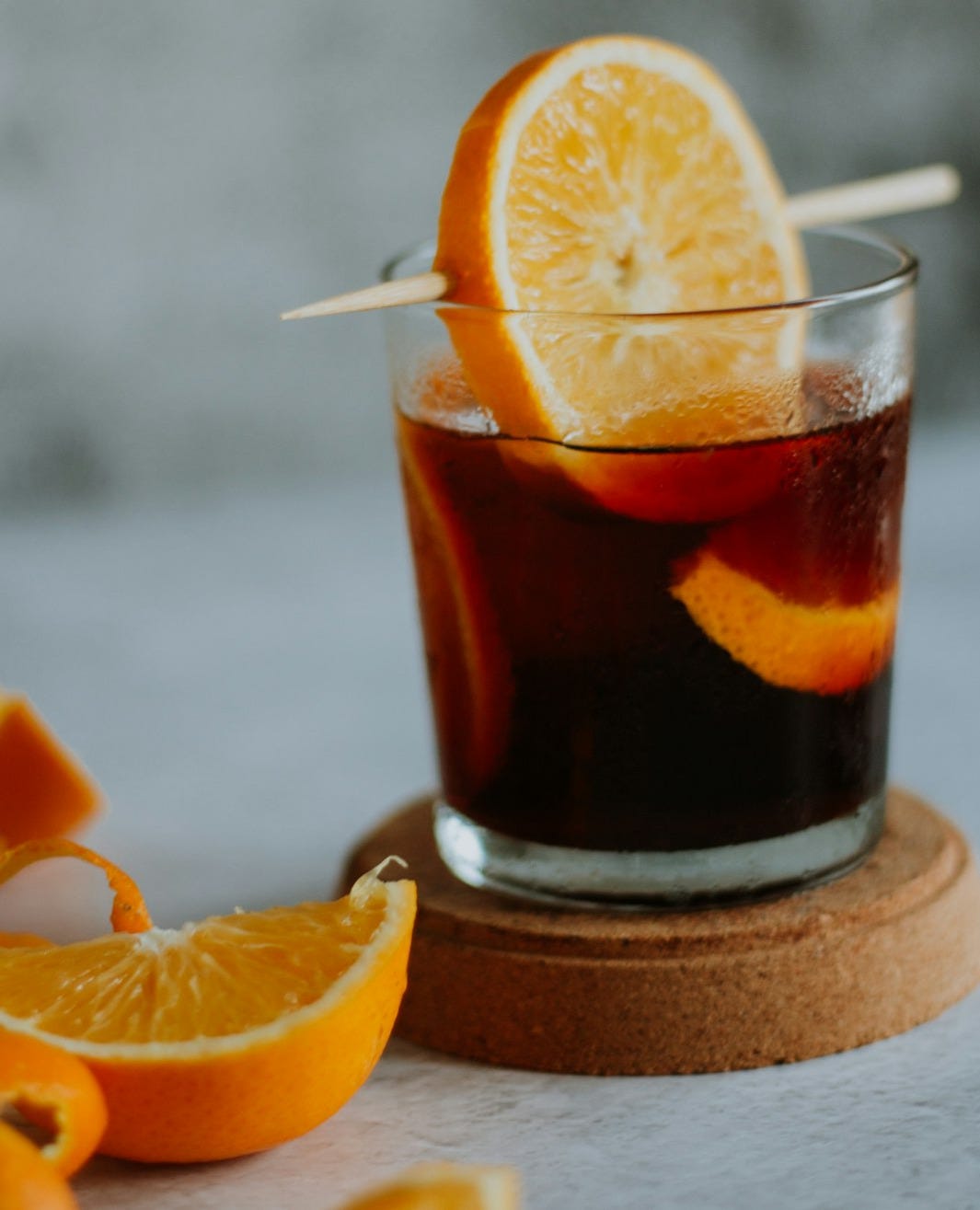
Though we often think of fortified wines, such as Port, Madiera, and Marsala, as after-dinner drinks, the French serve them equally often — chilled and in small portions — as apéritifs. You see, something viscous and lightly sweet (but with intrigue) stimulates the appetite better than, say, a light, citrusy Sauvignon Blanc or other super-dry wine. The French have figured this out. Why haven’t we?
A few terrific fortified wines that the French serve as apéritifs include Port, vermouth, Madeira, and Marsala. Simply serve them on the rocks, perhaps with a twist of citrus peel, in the case of vermouth.
Those you may know. Here are two you may not be familiar with:
• Pineau des Charentes; a fortified wine made in the Cognac region. It’s a golden sip with the luscious density of port, but with bright, honeyed orchard-fruit flavors like golden apples, pears, and apricots. It’s my favorite of all the French fortified-wine apéritifs. Serve chilled, in 3- to 4-ounce portions.
• Floc de Gascogne: a cousin of Pineau des Charentes, but made with Armagnac instead of Cognac. Alas, I’ve never succeeded in finding it state-side.
The Go-To South-of-France Apéritif: Pernod, Pastis, Ricard, etc.

These anis-flavored apéritifs, classic in Provence, are not for everyone (Mr. Sportcoat enjoys them; I’ll have one upon my arrival to the Mediterranean, just to ease into a sense of place, but I’m “one and done.”)
To serve Pastis, you pour one part over ice, then add water (about 4 parts). Generally, the water is served separately, so that the guest can add water to taste.
The real fun, however, begins when you start adding a flavor to the Pastis. The colors of the drink become amazing, and its anis flavor a little less licorice-y. Two favorites:
La Tomate: This drink is named for its color (in this case, a pretty pink). To make, pour one part Pernod (or similar) into a glass; add 1 dash grenadine syrup and add a few ice cubes. Fill glass with four parts cold water. The results taste like a very adult version of Good-and-Plenty candy. In the best possible way.
Le Perroquet: Again, this drink is named for its color (an amazing green). To make, pour one part Pernod into a glass; add 1 dash crème de menthe syrup and a few ice cubes. Fill glass with four parts cold water. The mix of cool mint and smooth anis makes an amazingly refreshing drink.
Those Amazing Amari — Aperol and Campari et al.
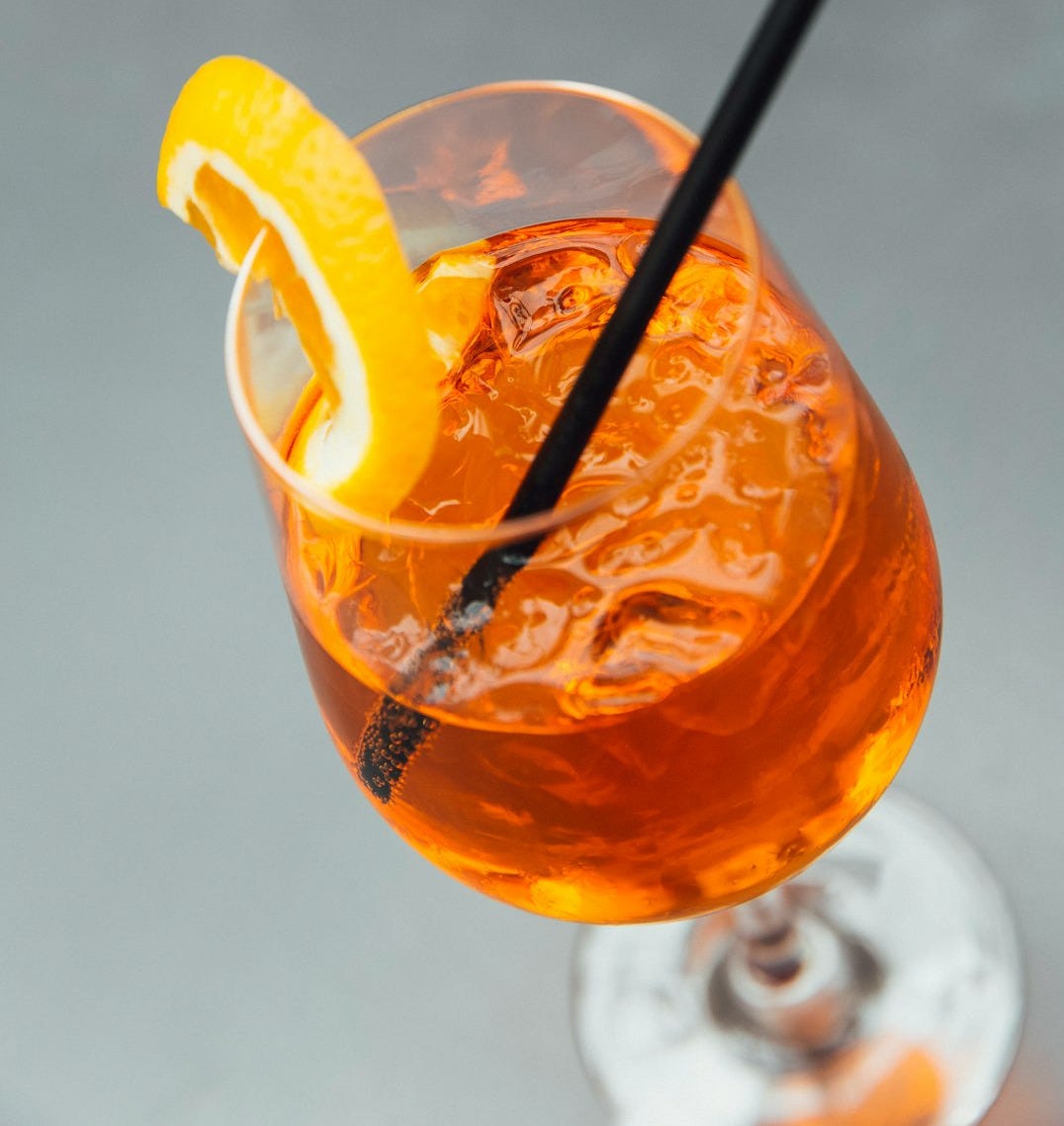
Though they hail from Italy, not France, the French love these bitter (amari, in Italian) spirits, especially during the apéritif hour. And if you just will not get on the lightly-sweet-apéritif train with me, then drinks made with Aperol and Campari are for you.
These refreshingly bitter, ruby-red apéritifs are flavored by top-secret blends of herbs, spices and fruit peels (bitter orange peels and wild herbs come mostly to mind when I sip). Campari is more bitter (and higher in alcohol content — 23%) than Aperol (11%), but both are incredibly refreshing.
Classic and simple ways to enjoy Campari and Aperol:
• Campari (or Aperol) and Soda: One part of the spirit to two parts soda, on the rocks.
• Campari (or Aperol) on the Rocks: Just pour about 2 ounces on the rocks. Simple and refreshing. Add a lemon or orange wedge.
• Aperol Spritz: Consider this a Kir Royale for those who don’t want anything sweet in their sip. Place ice in a big-globe wineglass; add 2 ounces Prosecco, 1 1/4 ounces Aperol, and a splash of Soda water.
• Américano: 1 part Compari and 1 part Red Vermouth plus a splash of soda. A beautifully complex drink that takes the edge off the bitterness of the Campari, but it’s still not sweet!
Of course, there’s also the Negroni (an Americano with gin and no soda) but to me, with all that booze, this veers into the cocktail camp—it’s not my idea of an apéritif.
What's the difference between a cocktail and an apéritif? Can cocktails be served as an apéritif?
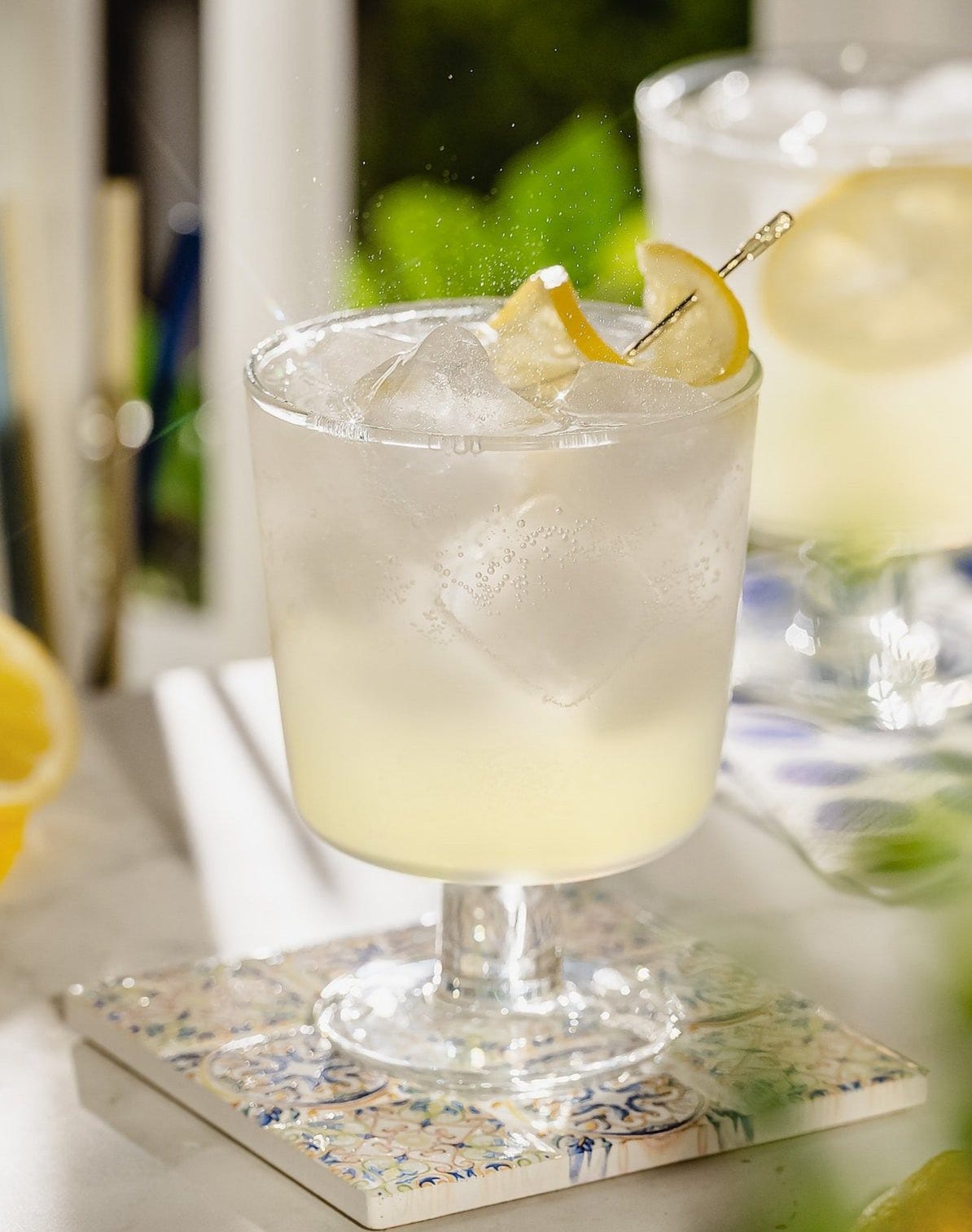
Sigh. Yes, you can serve a cocktail as an apéritif, if you must. And in fact, France has tapped into the craft cocktail craze as much as we have—most café menus offer plenty of hard-liquor-based drinks, and you’ll see young people, especially, drinking them all the time.
But once you get high-proof spirits in the mix, they’re a different experience than a classic French apéritif, which is generally not a high-proof drink. Apéritifs give you a lift; cocktails give you a buzz. It just depends on what you’re after!
And just so you know: I’m not the apéritif police! To show you I’m a good sport, check out my collection of fun French cocktail recipes.
P.S.: I’ve also learned that in recent years, single-malt Scotches are incredibly popular apéritifs in France. Ah, globalization.




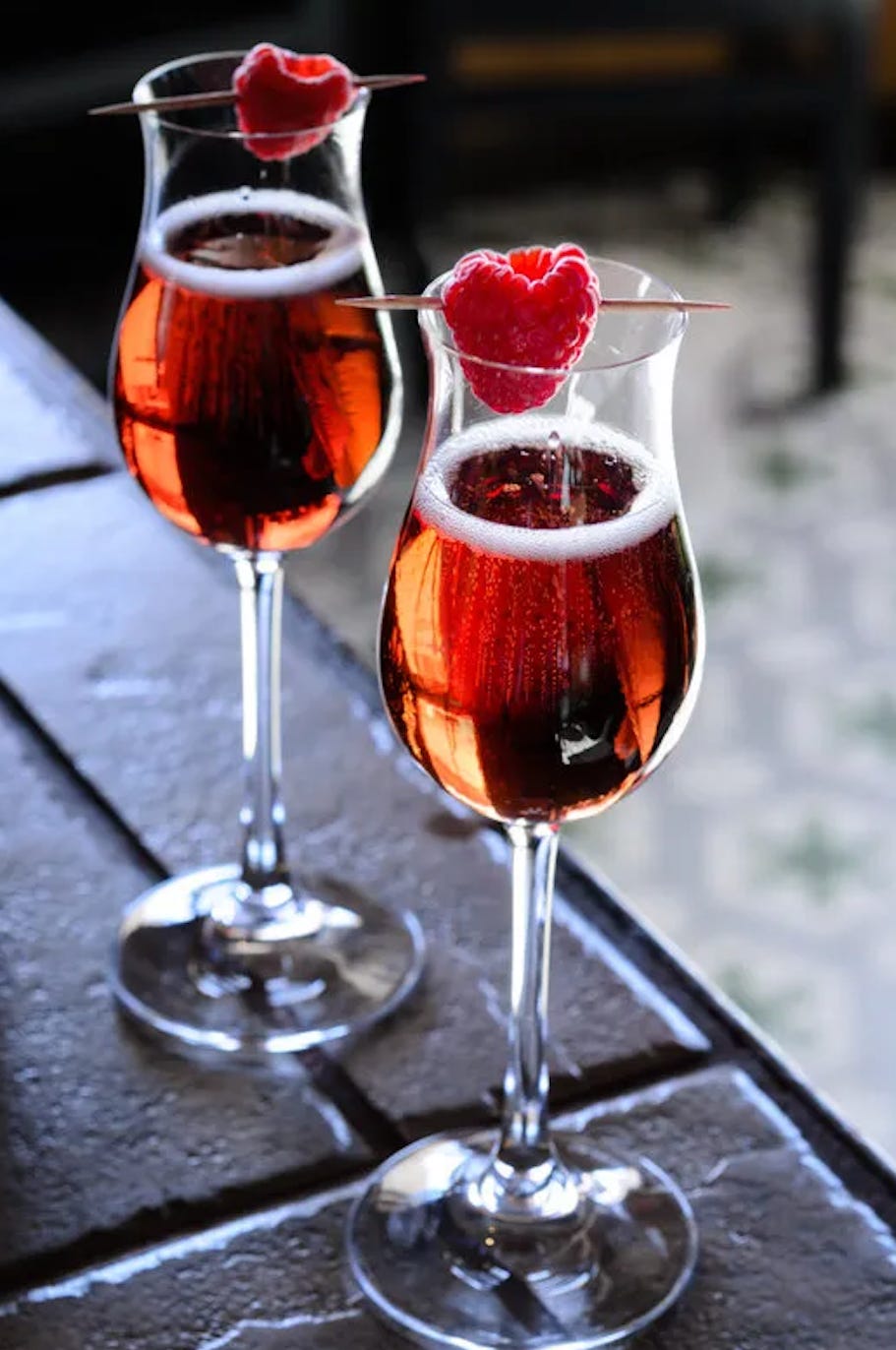
Love this! Reminds me of the Lambeth Walk Fizz cocktail recipe I adapted from James Beard winning bar Maison Premiere for easy home mixing!
It’s a decadent ode to New Orleans culture, giving the creamy Ramos Gin Fizz a tropical, Willy Wonka-esque spin.
check it out:
https://thesecretingredient.substack.com/p/get-james-beard-winner-maison-premieres
I travel to Provence often. I better not catch anyone putting anything like menthe in my pastis! I do go for the more artisanal varieties or the commercial Henri Bardouin that have more interesting flavors from the garrique.
I detest cloying sweet wines, but I love the Muscat de Beaume de Venise as an aperitif. First experiencing it as an aperitif in Provence is one the primary reasons I wanted to return. I judge local Provence restaurants by whether they offer BdV as an aperitif or not. It is especially good with the local melons. Sometimes I put some BdV in the cavity of half melon along with a fresh strawberry.